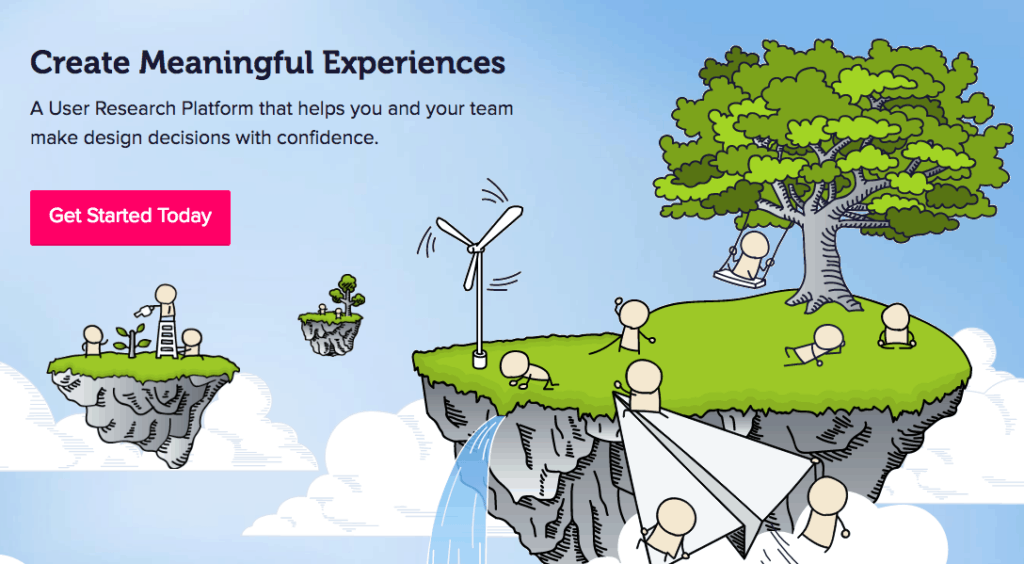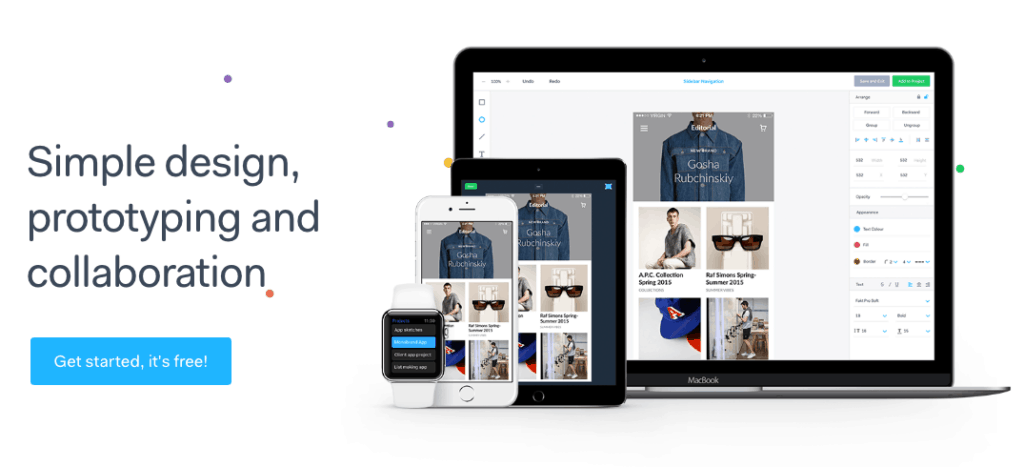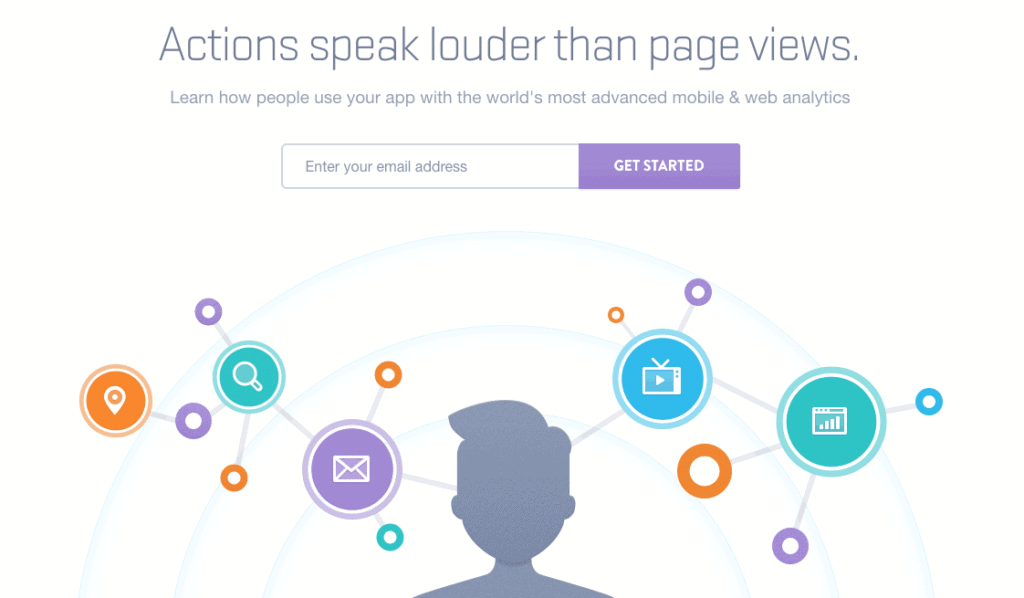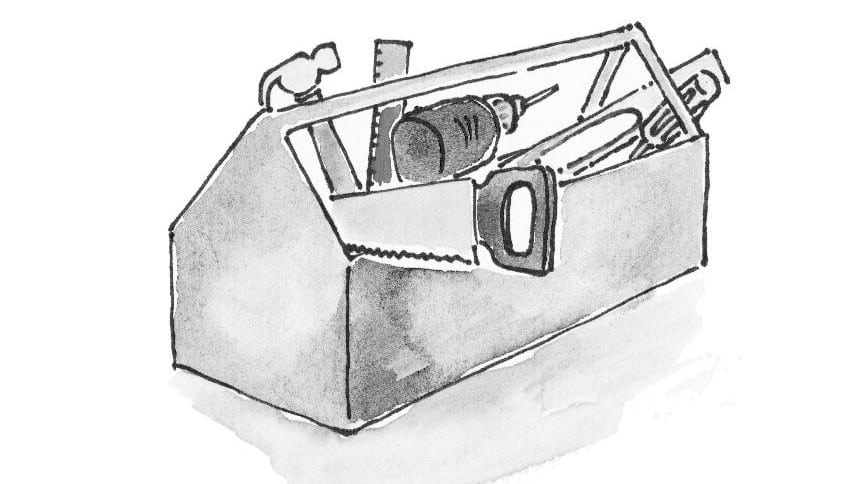From eye tracking to card sorting, surveys to usability tests, designers have a huge set of UX research tools and methods to understand user behaviour and attitudes. The research method you select depends first and foremost on the type of input you need to answer your research questions. If you need help with this, we highly recommend the Nielsen-Norman Groups famed article When to use which research methods.
Finding the most useful method is the first challenge, but how do we choose the right UX research tools for the job?
Luckily, there’s an abundance of tools—whichever method you use. We’ve already got the 100+ Awesome Tools for UX Designers, but we still wanted to hear what people are currently using, and why. So, we asked you, the UX Mastery community, for your favourites, and this is what you came up with.
A quick caveat; this is by no means an exhaustive list, and is missing few key methods – contextual enquiry, user interviews, collaborative design, territory mapping, analytics review, competitor analysis. Have we missed your favourite tool? Let us know in the forums.
Without further ado, here’s a roundup of the UX Mastery community’s current favourite UX research tools.
For usability tests
Usabilityhub is a clear favourite for remote usability tests, impression tests and split testing designs. Jacqui Dow has one word of caution: “UsabilityHub is great for running quick tests and getting almost instant feedback, only downside is often the demographic is a bit skewed.”
Luke has a few more suggestions: “UserTesting.com is handy for recruiting remote participants and getting video recordings of them completing specific tasks or UI flows. I know whatusersdo.com is fantastic too.”
Usabilla gets the thumbs up for usability testing from Brad Watson.
For card sorting

A trusty technique for information architecture, digital tools make card sorting even more convenient. For Brad Watson and Luke Chambers, the go-to is Optimal Workshop’s OptimalSort.
For online tree tests
For testing and validating information architecture, Gillian Halba says you can’t go wrong with Optimal Suite’s Treejack. “I love the Optimal Suite, especially Treejack. It’s great when you have a few options to test as you can get a steer on which works best and what titles users seem to be responding to.”
For sketching and prototyping
As an essential part of the UX design process, it’s no surprise that we have a few favourites for sketching and prototyping.
R Meyer is an Axure fan for wireframing and prototyping: “If you use it to wireframe, you can take those wireframes and add functionality as you iterate – adding interactions, fidelity, and anything else, as needed. No need to recreate anything. I also love the ability for multiple designers to work on the same project at the same time, and the sharing service where you can provide links to your boss and other stakeholders.”

For testing hand-sketched clickable prototypes, Luke Chambers says you can’t beat Marvel. “Just take a photo of the sketches and add hotspots and head off to find a test participant.”
Steve Crow recommends Sketch for wireframing and prototyping. He says:
“I think the main advantage is that Sketch is made specifically FOR UX designers. So you have easy access to symbols and interface elements that are specific to that function.”
Honourable mention: good old pen and paper.
For online surveys
An article we published earlier this month had excellent recommendations on how to design a survey. As for tools for the job? Brad Watson says your best bets for online surveys are SurveyMonkey, Typeform and Google Forms.
For heat maps

For better or worse, it seems that there’s no such thing as too much information when it comes to tracking how customers use your product. Favourites for heat mapping are Neo Nester turns to MixPanel, Gillian Halba prefers Chalkmark and Sarah Hawk recommends VWO. Take your pick!
For A/B testing
If you’re looking for A/B testing tools, dougcollins has a few recommendations, depending on your objective: “unbounce is more geared toward reducing bounce rate with effective landing pages. Zarget is geared towards improving conversion rates. KissMetrics is more generalised.”
Sarah Hawk on the other hand, is a fan of VWO for personalised content, A/B testing and conversion rates.
Don’t forget to take a look at our list of 100+ awesome tools for UX Designers for a full catalogue covering every facet of UX design.
What are your favourite UX research tools? Let us know why in the forums!






Hi Natassja,
please can I ask you for some advice. I work as in house UX designer for a multi-billion euro company and the PO is very reluctant to supply or set up any customers for research or user testing. Dio you have any tips as to how I can change this?
Hi Terrence, thanks for your message! I’m not a UX designer myself so probably not the best person to answer your question. Luckily, there are lots of knowledgeable people in the forums who can help you out. If you head to http://community.uxmastery.com/ you can post your question there. Good luck :)